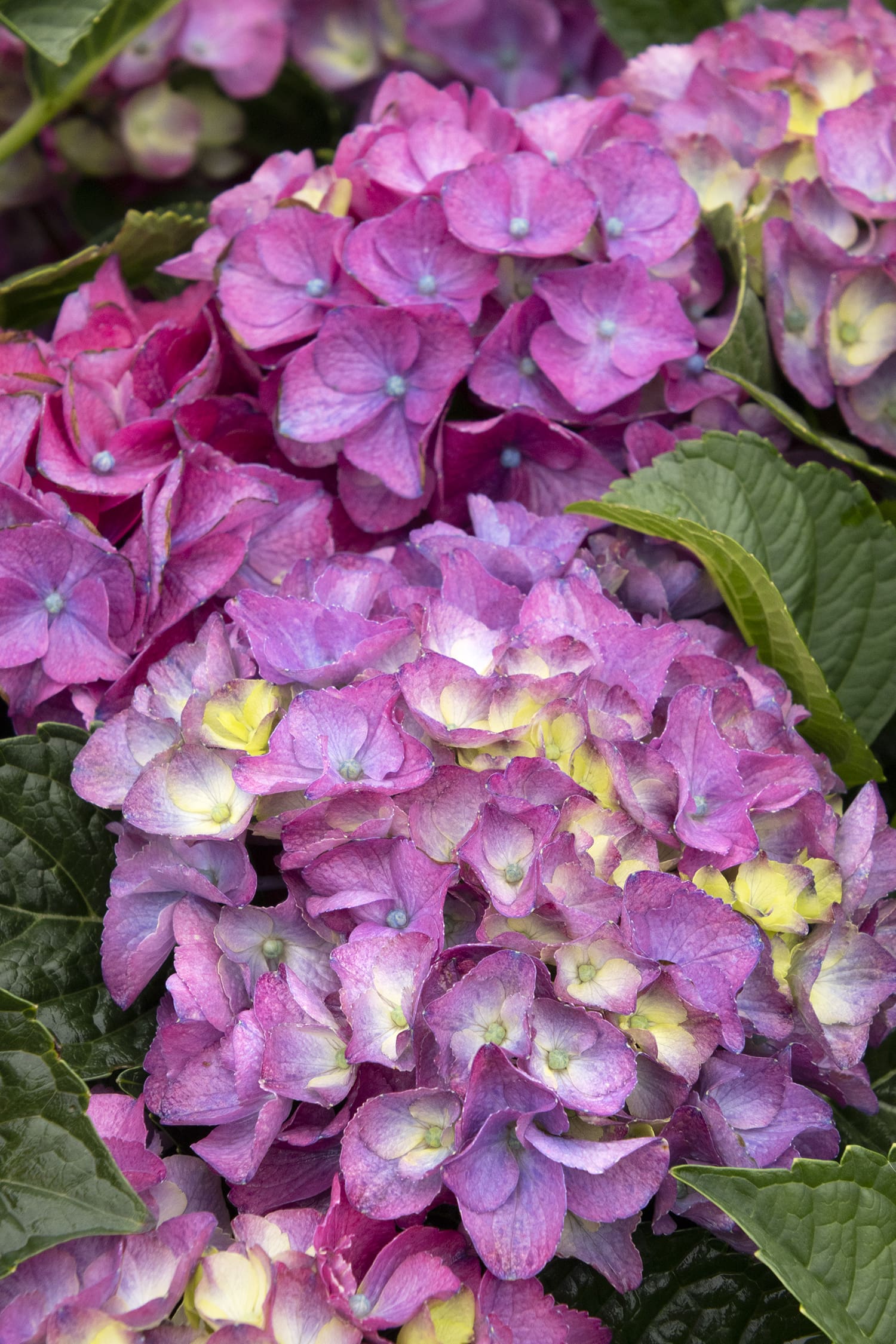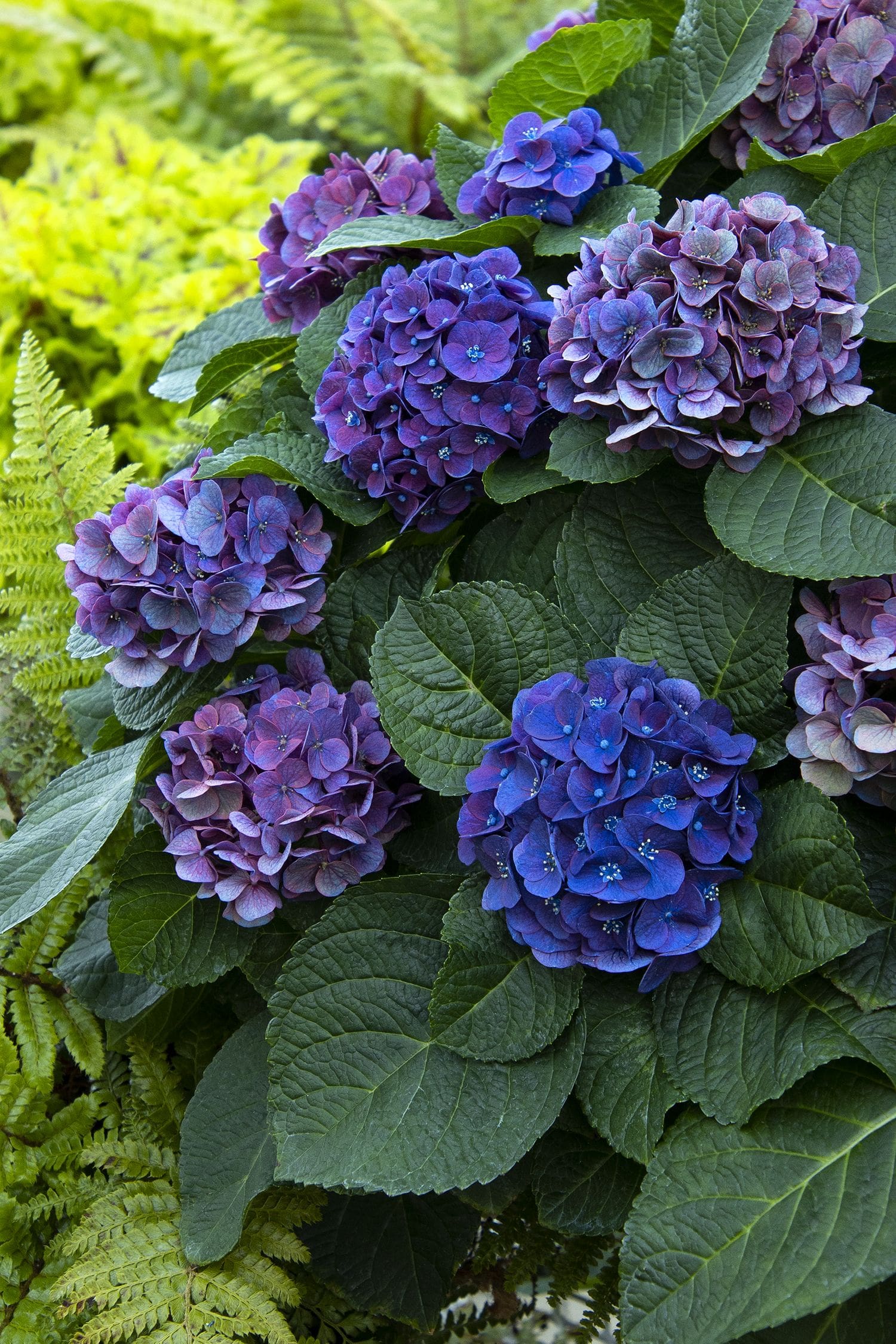The Newport Hydrangea: A Stunning Flower That Will
The Newport Hydrangea is a stunning flower that is sure to add beauty and color to any garden. It is a variety of the mophead hydrangea, and it is known for its large, showy blooms that can reach up to 12 inches in diameter. The flowers are typically a deep pink color, but they can also be blue or white, depending on the acidity of the soil.
The Newport Hydrangea is a relatively easy plant to care for. It prefers full sun to partial shade and moist, well-drained soil. It is important to water the plant regularly, especially during hot, dry weather. The plant should also be fertilized once a year in the spring.
The Newport Hydrangea is a reblooming plant, which means that it will bloom twice in a single season. The first blooms will appear in the summer, and the second blooms will appear in the fall. The plant can reach a mature height of 3 to 4 feet, and it has a spreading habit.
The Newport Hydrangea is a versatile plant that can be used in a variety of ways in the garden. It can be planted as a standalone specimen, or it can be used to create a hedge or border. The plant is also well-suited for container gardening.
In addition to its beauty, the Newport Hydrangea also has some symbolic meaning. In some cultures, the hydrangea is a symbol of love, happiness, and prosperity. It is also said to bring good luck.
If you are looking for a stunning and easy-care flower to add to your garden, the Newport Hydrangea is a great option. It is a beautiful plant that will provide you with years of enjoyment.
[Main Content]
Here are some additional details about the Newport Hydrangea:
- Bloom time: The Newport Hydrangea blooms twice in a season, once in the summer and once in the fall. The summer blooms typically appear in June or July, and the fall blooms typically appear in September or October.
- Color: The Newport Hydrangea typically blooms in a deep pink color, but the color can vary depending on the acidity of the soil. In acidic soils, the flowers will be blue or blue-violet. In alkaline soils, the flowers will be pink or pink-purple.
- Size: The Newport Hydrangea can reach a mature height of 3 to 4 feet, and it has a spreading habit.
- Soil: The Newport Hydrangea prefers moist, well-drained soil. It is not tolerant of wet or soggy soil.
- Sunlight: The Newport Hydrangea prefers full sun to partial shade. It can tolerate some direct sunlight, but too much sun can scorch the leaves.
- Watering: The Newport Hydrangea needs regular watering, especially during hot, dry weather. The soil should be kept moist, but not soggy.
- Fertilizer: The Newport Hydrangea should be fertilized once a year in the spring. A balanced fertilizer, such as a 10-10-10 fertilizer, can be used.
- Pests and diseases: The Newport Hydrangea is relatively resistant to pests and diseases. However, it can be susceptible to aphids, scale, and powdery mildew. If you notice any pests or diseases, you can treat them with insecticidal soap or fungicide.
- Propagation: The Newport Hydrangea can be propagated by softwood cuttings in the spring or summer.
[Conclusion]
The Newport Hydrangea is a stunning and easy-care flower that is sure to add beauty and color to any garden. If you are looking for a new flower to add to your garden, the Newport Hydrangea is a great option.
If you're looking for a beautiful and easy-to-care-for hydrangea, the Newport hydrangea is a great option. This compact shrub produces lime-green mop-head blooms that open with a tinge of pink and quickly turn rose-red all over. The flowers are excellent for cutting and will last for several days in a vase.
The Newport hydrangea is hardy in zones 5-9 and prefers part sun to afternoon shade. It does best in moist, well-drained soil. To ensure that your Newport hydrangea blooms its best, fertilize it once a month during the growing season with a balanced fertilizer.
For more information about the Newport hydrangea, including planting and care instructions, please visit .
FAQ of newport hydrangea
Q: What is a Newport hydrangea?
A: A Newport hydrangea is a type of mophead hydrangea that is known for its large, showy blooms. It is a hardy shrub that can grow in USDA zones 4-9. Newport hydrangeas typically bloom in the summer and fall, and their flower color can vary depending on the soil pH. In acidic soil, the blooms will be blue or purple, while in alkaline soil, they will be pink or red.
Q: How do I plant a Newport hydrangea?
A: To plant a Newport hydrangea, choose a location that receives full sun to partial shade. The soil should be well-drained and rich in organic matter. Dig a hole that is twice the size of the root ball of the hydrangea. Add some compost or manure to the soil and mix it well. Place the hydrangea in the hole and backfill with soil. Water the hydrangea thoroughly and mulch around the base to help retain moisture.
Q: How do I care for a Newport hydrangea?
A: Newport hydrangeas need regular watering, especially during the first year after planting. Water the hydrangea deeply once a week, or more often if the weather is hot and dry. Apply a balanced fertilizer to the hydrangea in the spring and fall. Prune the hydrangea in the spring, after the blooms have faded.
Q: What are some common problems with Newport hydrangeas?
A: Some common problems with Newport hydrangeas include:
- Leaf spot: This fungal disease causes brown spots on the leaves of the hydrangea. To treat leaf spot, remove and destroy affected leaves. You can also spray the hydrangea with a fungicide.
- Powdery mildew: This fungal disease causes a white powdery coating on the leaves of the hydrangea. To treat powdery mildew, spray the hydrangea with a fungicide.
- Aphids: These small insects can suck the sap from the leaves of the hydrangea, causing them to wilt and turn yellow. To control aphids, spray the hydrangea with insecticidal soap or neem oil.
Q: How long do Newport hydrangeas live?
A: Newport hydrangeas can live for many years, with some plants living for up to 50 years. With proper care, your Newport hydrangea can be a beautiful addition to your garden for many years to come.
Image of newport hydrangea
- A white Newport hydrangea flower in full bloom. The petals are delicate and slightly cupped, with a light green center. The flower is surrounded by dark green leaves.

- A cluster of pink Newport hydrangea flowers. The flowers are slightly larger than the white flowers, and the petals are more open. The center of the flowers is a darker pink.

- A blue Newport hydrangea flower. The petals are a deep blue color, and they are slightly curled at the edges. The center of the flower is a lighter blue.

- A mixed color Newport hydrangea flower. The petals are a combination of white, pink, and blue. The flower is surrounded by dark green leaves.

- A Newport hydrangea shrub in full bloom. The shrub is covered in flowers of various colors, including white, pink, and blue. The leaves are dark green and glossy.

Post a Comment for "The Newport Hydrangea: A Stunning Flower That Will"